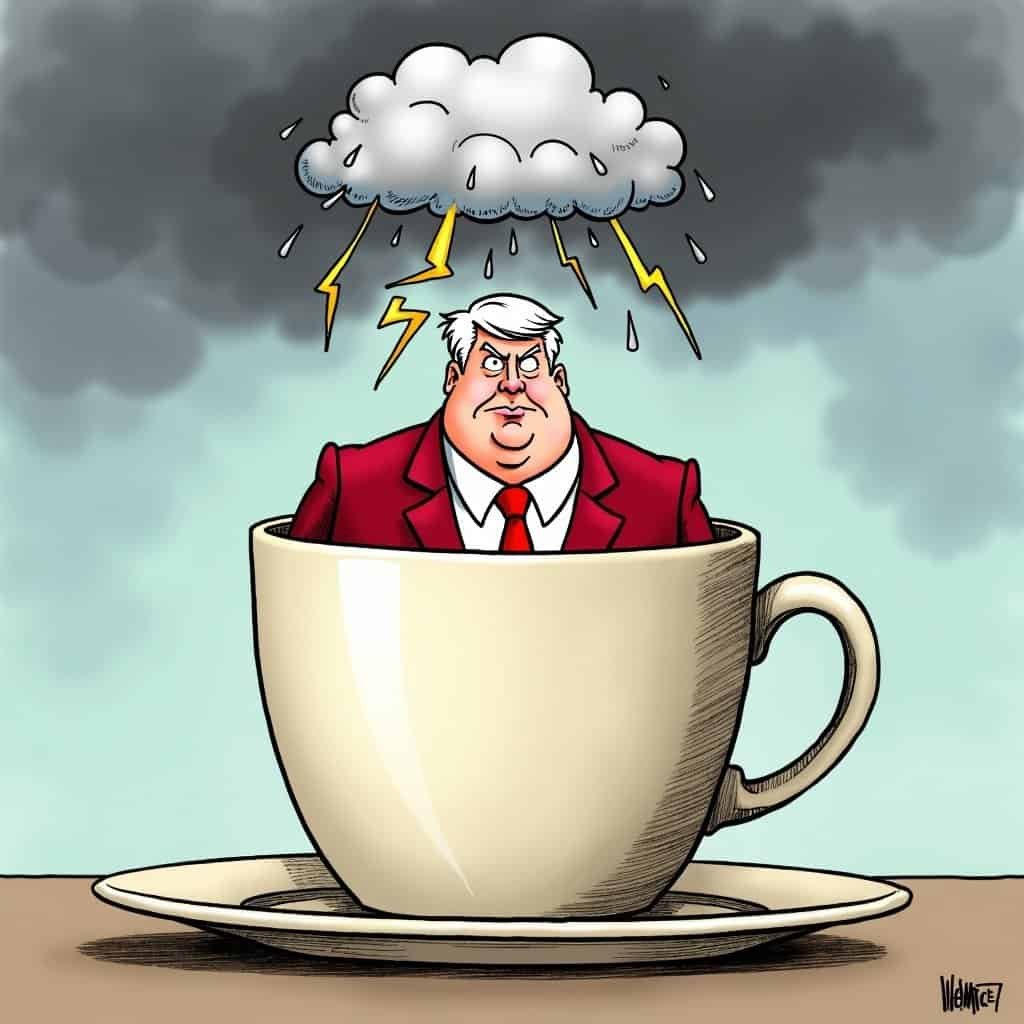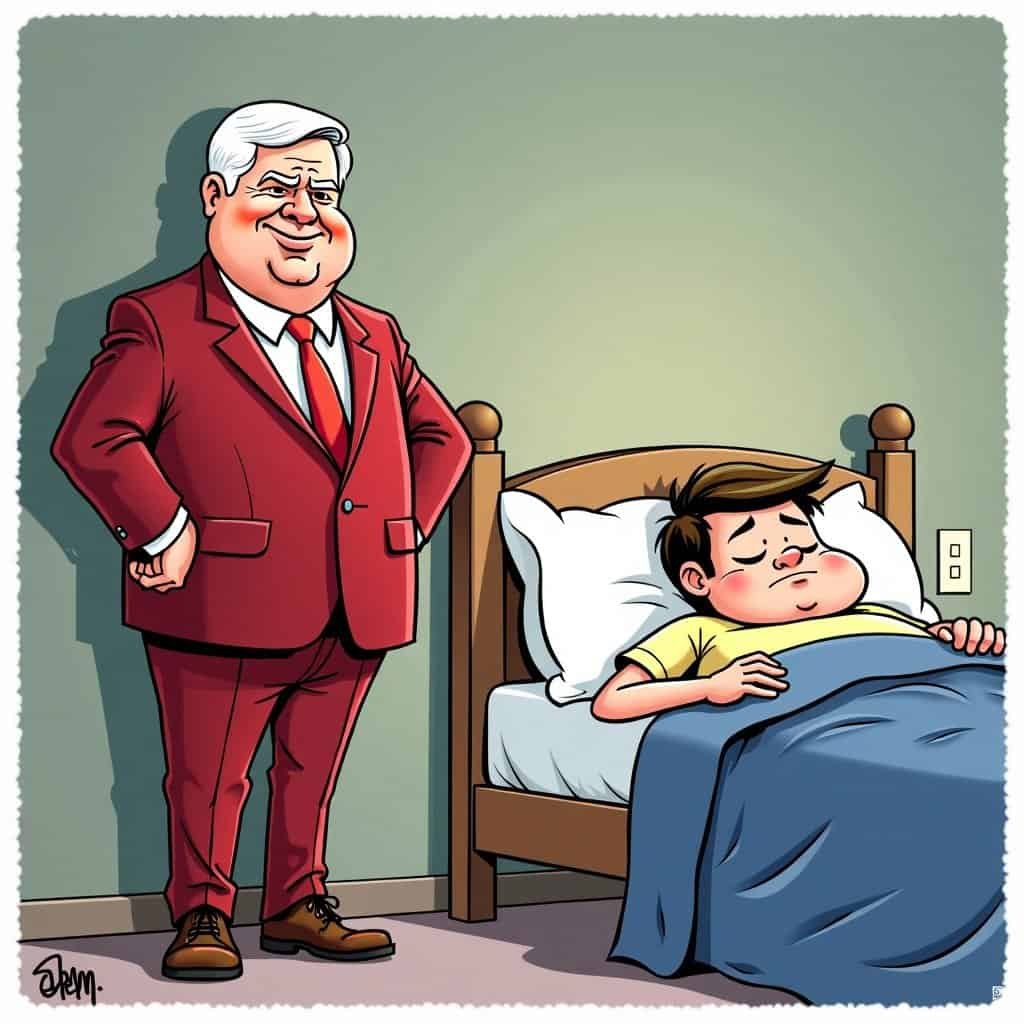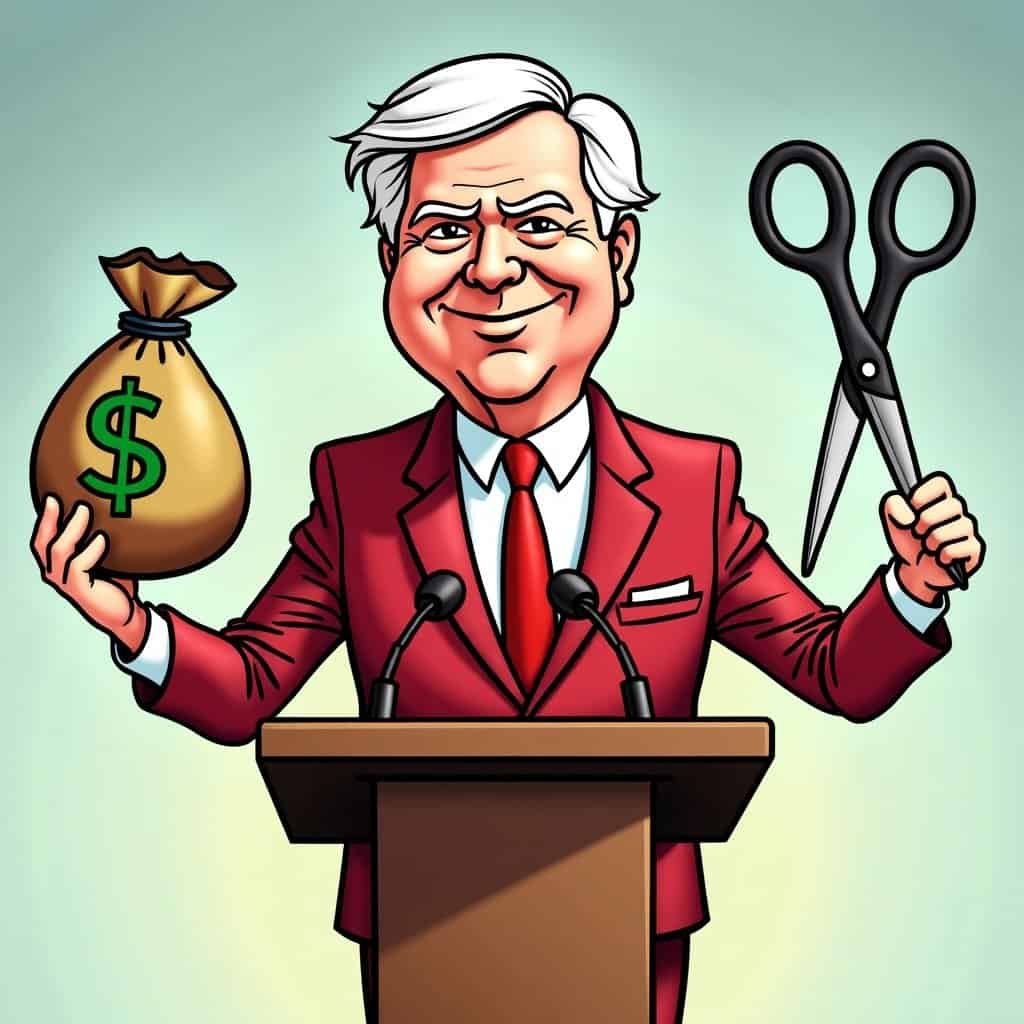Ah, the good ole’ days of dial-up internet and boxed TV sets when America took a breather during the Government Shutdowns of 1995-96. While we were debating whether Mrs. Doubtfire was more entertaining than Forrest Gump, politicians in Washington, led by our man Newt Gingrich, decided to play high-stakes poker with Uncle Sam’s wallet. Buckle up, folks, because we’re about to break down this saga that had more twists than a pretzel factory.
Gingrich’s Vision: Less Government, More Freedom
Newt Gingrich, the Speaker of the House back then, wasn’t just playing hardball – he was trying to flip the whole game board. Fed up with the tax-and-spend mentality, Gingrich pushed for a smaller government footprint with less spending and lower taxes. You could almost hear the battle cry against big government, shouting, “Enough already!”
The young Republican Party under Newt’s leadership wanted to change Washington’s tune. Instead of more government, they dreamed of empowering individuals and businesses to thrive on their own. Picture a neighborhood potluck where Uncle Sam isn’t forcing everyone to eat his mystery casserole.
A Historic Standoff
This shutdown was a real “you-had-to-be-there” moment that shook up the power balance between Congress and the White House. Bill Clinton, the President at the time, played the comeback kid, digging in his heels against the proposed federal budget cuts.
The 1995-96 Government Shutdown: By the Numbers
| Aspect | Details |
|---|---|
| Duration | 21 days |
| Federal Employees Furloughed | Approximately 800,000 |
| Economic Impact | Estimated $1.4 billion cost |
| Key Players | Newt Gingrich, Bill Clinton |
For 21 whole days, government services slowed to a crawl, and America got a taste of what a slimmed-down government might look like. Parks were eerily quiet (okay, they were closed), and suddenly everyone was debating what counted as an “essential” government function. Talk about a crash course in prioritizing!
The Conservative Perspective
From where we’re standing, the shutdown shone a spotlight on fiscal responsibility, a concept that often seemed as foreign to the Left as a vegetarian at a BBQ contest. The Republicans pushed for balanced budgets, arguing that economic success comes from empowering citizens, not feeding the bureaucratic machine. It’s like your grandma always said, “If you can’t afford it, don’t buy it!”
Our friends on the left (bless their hearts) tended to focus on how the shutdown affected government services and American lives. But here’s the kicker – conservatives argued that giving tax dollars back to Americans would eventually create a self-sustaining economy where government “help” wouldn’t be necessary.
The Legacy of the ’95 Shutdown
Fast forward to today, and we’re still feeling the aftershocks of this political earthquake. How do we keep the government in check without tying its hands completely? Can we boost our economy through individual enterprise instead of endless federal programs? Will today’s Republicans take a page from the ’95 playbook to find the right balance?
The shutdown saga of ’95, with Gingrich at the helm, was like a turning point for conservative priorities. It reminded America that sometimes, less government means more freedom, and occasionally, we all need a timeout from those policy-pushing busy bodies.
So next time someone starts hand-wringing about a possible shutdown, just tip your hat to ol’ Newt and remind them that having options can be a beautiful thing – even when folks don’t see eye to eye. It’s like sweet tea on a scorching Southern day – sometimes, you need to add some ice to make it just right!
Table of Contents
- Gingrich’s Vision: Less Government, More Freedom
- A Historic Standoff
- The Conservative Perspective
- The Legacy of the ’95 Shutdown






